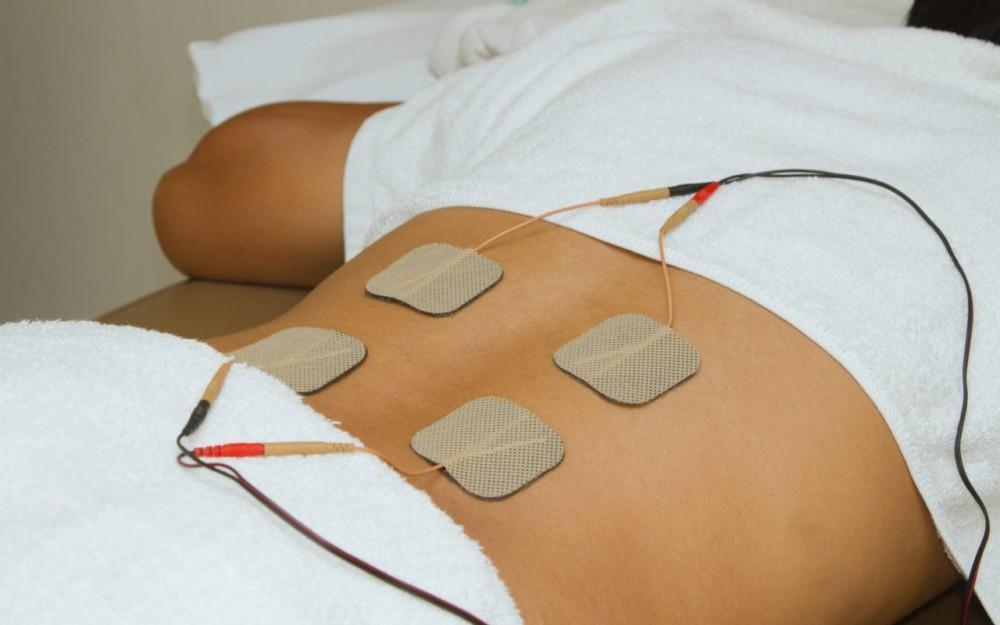Transcutaneous Electrical Stimulation (TENS)

Overview
Transcutaneous Electrical Nerve Stimulation, commonly known as TENS, is a non-invasive pain relief technique. This method uses a small, battery-operated device that sends low-voltage electrical signals through the skin to the nerves to relieve pain. TENS is used to alleviate both acute and chronic pain and is often recommended for individuals suffering from a variety of conditions, including back pain, arthritis, sports injuries, and labor pain.
Types
There are primarily two types of TENS units which vary based on the frequency of electrical signals they emit.
-
- Low-frequency TENS: Also known as acupuncture-like TENS, this delivers electrical pulses at a low frequency of approximately 2-4 Hz.
-
- High-frequency TENS: This type, also known as conventional TENS, delivers electrical pulses at a high frequency, typically around 100Hz.
The choice between low or high-frequency TENS typically depends on the individual’s pain levels, specific condition, and their response to treatment.
Causes
TENS is not a disease or condition itself, therefore, it doesn’t have causes or risk factors. Instead, it’s a treatment used for managing various types of pain caused by different health conditions.
Symptoms
Since TENS is a treatment, it does not have symptoms. However, while undergoing TENS treatment, patients might experience a mild tingling sensation or warmth, which is completely normal and harmless. This sensation is due to the electrical impulses provided by the device.
Diagnosis
TENS is not a condition that needs a diagnosis. Rather, patients are recommended TENS therapy by their healthcare professionals for different pain-related conditions.
Treatment Options
Primarily, TENS therapy is the treatment option we are discussing here. However, it can be part of a larger pain management program, which can include other therapies like physical therapy, exercise, medication, and other non-drug treatments. Sometimes, TENS is even combined with heat or massage to provide extra pain relief.
Living With Transcutaneous Electrical Stimulation (TENS)
Living with TENS is quite manageable considering it’s a non-invasive and low-risk treatment. Here are few tips
-
- TENS units are portable. You can carry them in a pocket or attach to a belt, which allows for usage as needed.
-
- Follow the instructions given by your healthcare professional regarding the positioning of electrodes and how long to use the treatment.
-
- Avoid using the device in wet conditions, such as while bathing or swimming, to avoid any chance of electrical shock.
-
- Avoid overuse of the device which can lead to skin irritation.
When to Seek Help
TENS therapy is typically safe. However, consult your healthcare professional immediately if you experience:
-
- Skin irritation or burns
-
- Increased pain
-
- Shortness of breath
-
- Dizziness
Remember, TENS should not be used without the guidance of a healthcare professional. TENS therapy may not be suitable for everyone, especially for individuals with a pacemaker or women who are pregnant, unless specifically recommended by a healthcare professional.
TENS can be a practical solution for people struggling with chronic or acute pain. As with any treatment, it’s important to use it under the guidance of a healthcare professional. Stay consistent, follow instructions carefully and you could likely see significant improvement in your pain levels over time.
